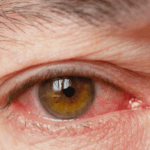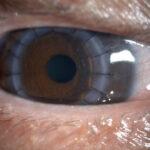Low vision aids are designed to improve visual performance and provide enrichment of daily experiences. Just like distance low vision aids, near low vision aids can be optical, non-optical and electronic devices.
Usually children tend to not complain about having difficulty with their near tasks due to their strong accommodation. However, when school activities increase and get more sophisticated with smaller reading material, greater magnification is required and objects need to be brought closer, making reading more fatiguing. Near aids can be beneficial when this becomes an issue for them.
Near Low Vision Aids:
Magnifying Spectacles
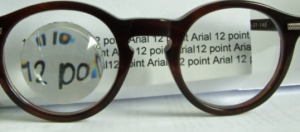
Advantages
– Hands free
– Larger field-of-view
– Prolonged reading can be done
– Binocular or Monocular depending on the individual’s need
– Portable
– Cosmetic appearance
Disadvantages
– Higher power, higher working distance
– Illumination will be obstructed (going closer will block the illumination)
– Close reading distance causes fatigue and uncomfortable posture
– Not effective for individuals with constricted visual fields
– Individual with eccentric fixation are unable to fixate through the spectacles
Hand magnifier with or without illumination
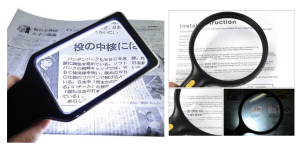
Advantages
– Convenient for short-term tasks
– Can use at comfortable reading distance
– Individuals with constricted visual field can benefit
– Available in both illumination and non-illumination
Disadvantages
– User unable to read and write simultaneously
– Maintaining focus is difficult
– Individual with tremors may not be able to hold it properly
– Visual field is limited
Stand Magnifier

Advantages
– Suitable for prolonged reading
– Beneficial for individual with shaky hands (tremors, arthritis)
– Available in both illumination and non-illumination.
Disadvantages
– Field of view reduced
– Bulky
– Posture affected
– Difficult to use if the surface is not flat
Solid Lenses Magnifier

Advantages
– Prolonged task can be done
Disadvantages
– Only available in low magnification
– Heavy
Visual Field Enhancement Devices:
Eccentric viewing Technique
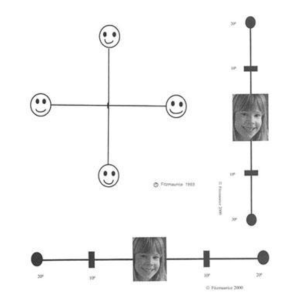
A technique which can greatly improve a patient’s ability to determine objects and faces when a person views it peripherally with another area of visual field.
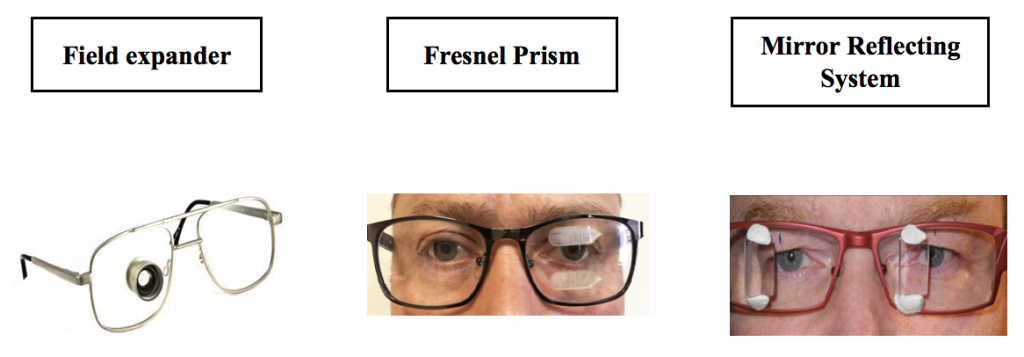
Non-Optical Devices
Typoscope – used as a guide for reading and writing for a person with a large visual field defect.
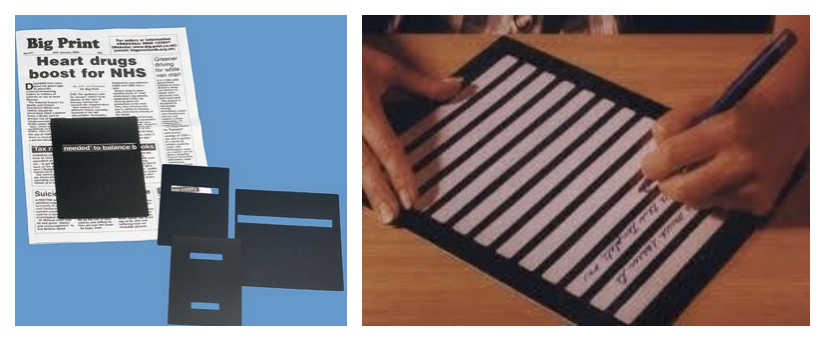
Extra Illumination – Different types of illumination needed varies for each individual and depends on their diagnosis and extent of pathology. High illumination required for most of the low vision patients. Direct lighting is useful for most of the patients and usually is advisable to place it 45 degrees with the visual axis for the better seeing eye.
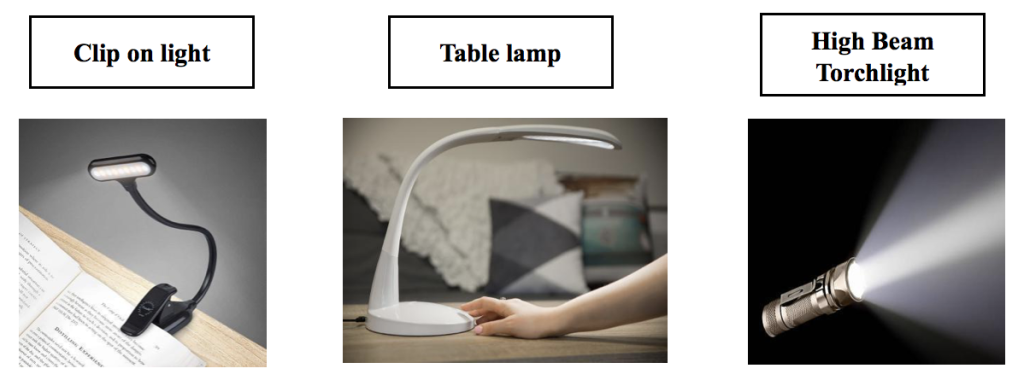
Increase image size and print
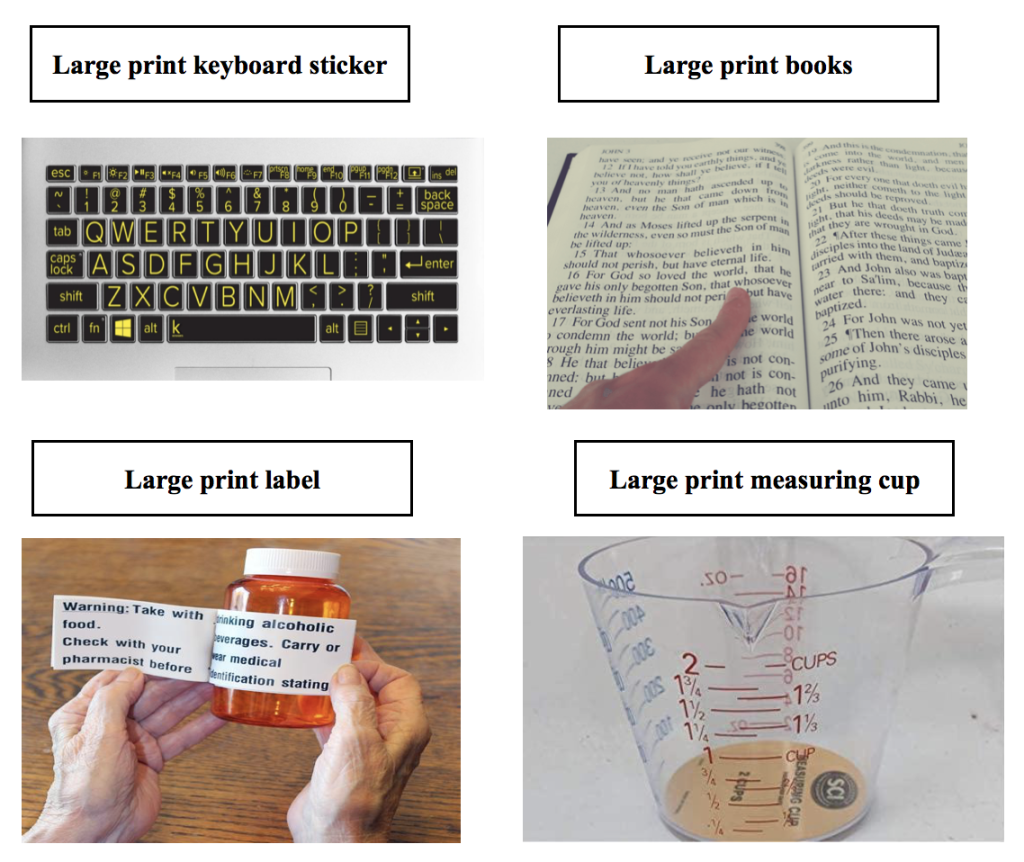
Talking Devices
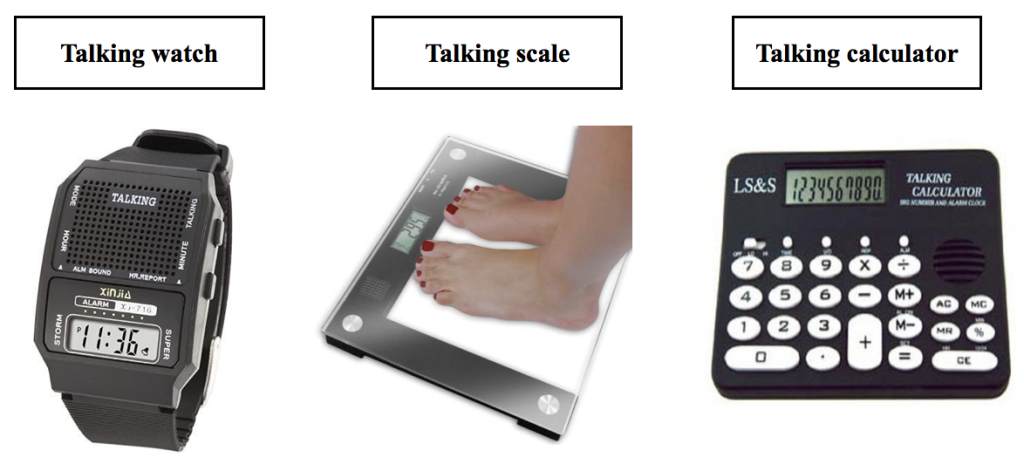
Electronic devices – Include closed-circuit televisions (CCTV), video magnifier systems, large print computer programmer and screen reader software such as JAWS and MAGic. With the advancement of technologies, electronic devices could benefit moderate to severe visual impaired individuals which normal optical aids or non-optical aids do not benefit them. The only drawback of electronic devices was most of the devices were expensive.
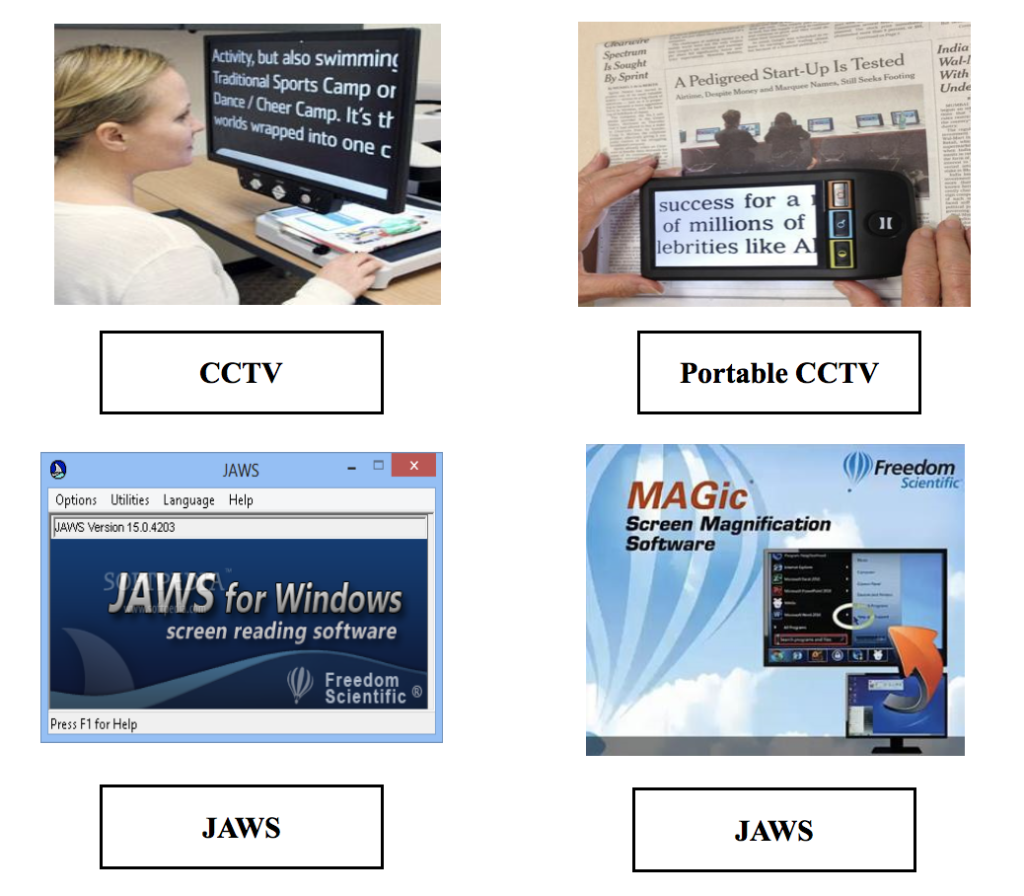
Low vision patients should undergo low vision rehabilitation for proper training, environmental modification, orientation, mobility training, counselling and selection of suitable low vision aids to accomplish vocational and avocational activities independently. Visual aids help to improve both sight and quality of life for low vision patients.

